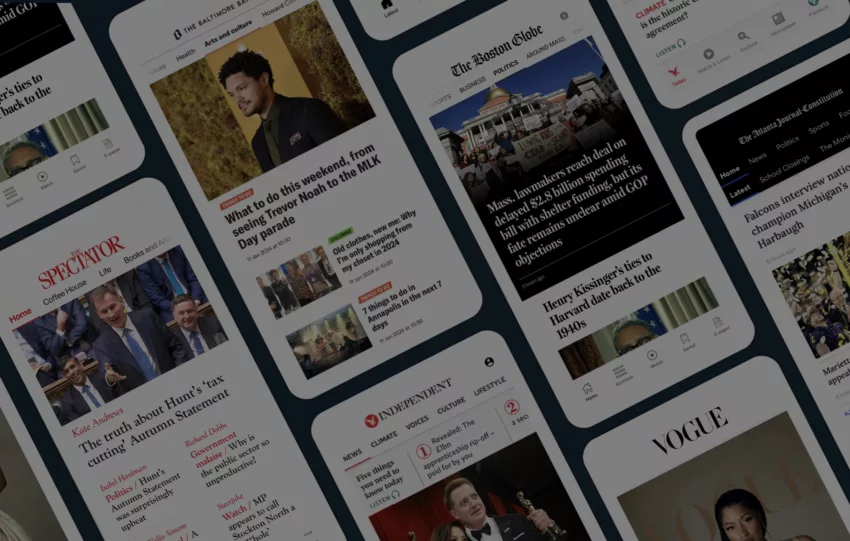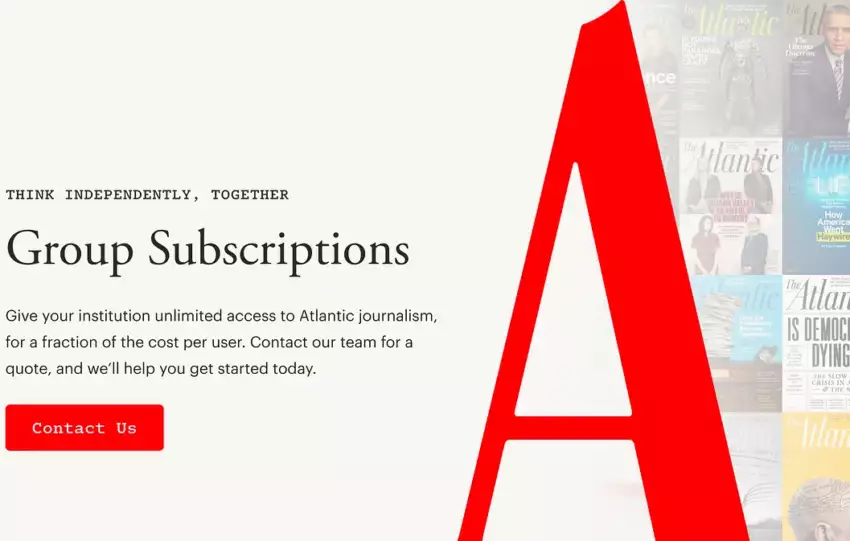As part of a reorganization of The New York Times marketing department, Perrine Pavageau took on the role of "Program Manager" (PMO), a role at the crossroads of strategic vision and execution (read our article introducing her role here). Her main objective: to put in place operational mechanisms to ensure the success of marketing strategies. It's a function that answers the questions "how do we do it?" a contact person for teams to turn to express and overcome their organizational challenges. In this series of articles, Perrine recounts 5 operational projects carried out in this role for The New York Times.
- Firstly, the cost. Working only with agencies could limit the work to “scopes”. With The New York Times strategy in the midst of reform at the time, greater flexibility was needed. As Janis Huang, VP Subscription Growth, says, “Working with an agency required a lot of work to convey our strategy, but we were in the process of redefining our strategy.”
- Also, the desire to rethink the marketing campaigns for The New York Times, which were mainly made up of banners and emails. According to Janis, the answer to the question “What should The New York Times Marketing look like to the world?” was to bring the campaigns to life, for a stronger emotional impact. This could be done with new media such as audio, radio, TV or outdoor.
- Finally, there was a desire to measure the “brand affinity” impact of these new formats on specific brand attributes.
The New York Times therefore switched to a hybrid model. Experts in digital and traditional media were recruited to join a team called “Marketing & Media Strategy”. The New York Times chose to bring in experienced leaders to guide the strategy and establish capabilities from the ground up. While still using agencies, especially for brand campaigns or specific expertise.
My first project as Program Manager was to review the campaign execution processes to integrate the media team's work. This was called the “Interaction model“. A new term, which has become part of everyday language.
An Interaction Model is a framework that defines the roles and responsibilities of each team, strengthens collaboration, and brings transparency and alignment. For The New York Times, the objectives were:
- Minimize disruption from reorganization
- Provide a common structure, understood by all
- Improve visibility throughout projects
- Establish a structured and positive collaboration
- Reduce operational risks
A bit like an internal consultant, I went through the following steps:
- Listening to existing processes and challenges
- Defining a framework that included phases, roles, interactions and deliverables
- Obtaining validation from the teams and management
- Integrating the framework into the templates of project management tool
- Communicating and evangelizing the framework to ensure adoption
It included:
A high-level framework for monthly, quarterly or annual planning. The objective: that teams anticipate together, and are aligned on the priorities and necessary resources.
An end-to-end campaign framework with all steps and interactions.
Here are the points that really made an impact, in my opinion:
- Clearly naming each phase – like in agile. It doesn't sound like much, but it helps. When I said to management “we have a sticking point in the media build phase”, they knew what I was talking about
- An “official” kickoff phase followed by a brief for the creative and media teams. This avoided projects being launched on an impromptu request. And everyone was briefed in the same way
- Creative & Media checkins so that creative teams and media planners would work together, just like in an agency. Imagine: the creative team starts with an illustration-based concept, but the media team ends up recommending audio. These teams need to communicate upstream to have time to look at each other's progress
- Sharing results with the creative teams, so that they understand what worked and what didn't. Through this, the creatives have started to acquire a business language and a better understanding of the issues at hand.
The challenge was to get this framework adopted. We quickly had to make specific versions for different types of campaigns or business lines. The 3 weeks of Concept & Planning were not always possible with the increasing pressure on the pace of promotions. And not all projects needed an innovative media plan. In contrast, Brand Campaigns had a much longer Concept & Planning phase.
For me, what has kept these interaction patterns going was:
- Management support
- The Program Management function, which guaranteed their adoption
- Daily stand-ups with the project teams. They allowed us to discuss the status of each phase, the blocking points and the dependencies
Today, the teams still rely on a system of Interaction Models, which have of course evolved over time, constantly being called into question according to structural changes and company objectives.
> To add to your reading list: The New York Times dynamic paywall model, analyzed



